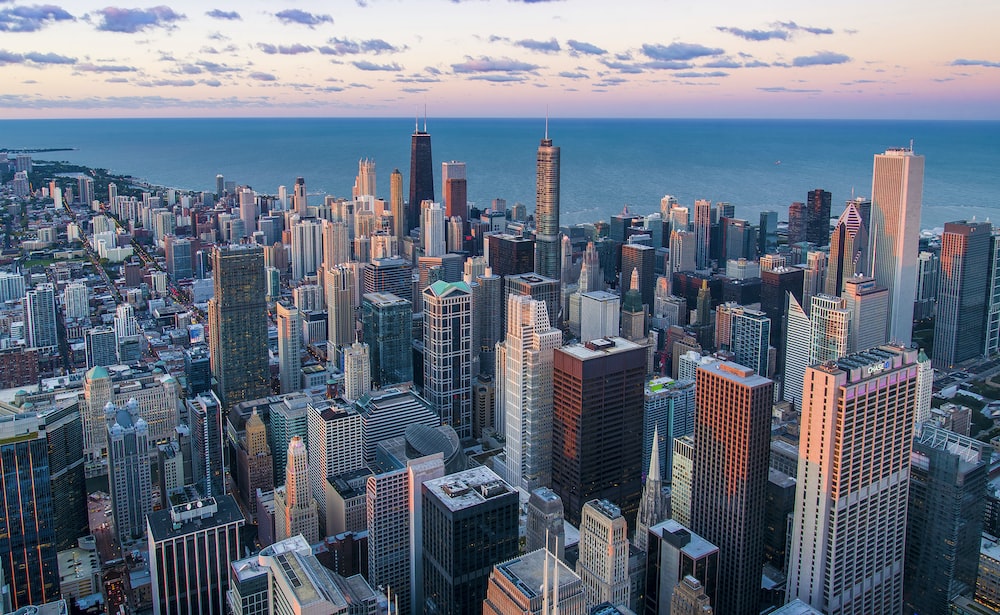The United States saw a technological steel rebirth in the 19th century that sped up manufacturing and improved quality. By 1910, the United States was actively producing 24 million tonnes of steel annually, and after World War II, the sector grew rapidly.
The development of American cities and the infrastructure, including the buildings, bridges, and trains that have made them renowned, was spurred on by the country’s steel industry.
Steel is the cornerstone of civil engineering and city planning when it comes to creating the safe infrastructure and effective utilities that cities require. Steel piping is required to construct all types of structures as well as infrastructure projects like the transportation of oil and gas and water/wastewater.
Development and Steel Go Hand in One
The manufacturing of high-quality steel is essential to the past, present, and future development of American cities. Steel is necessary for exterior walls, roofing, and structural stability in homes, skyscrapers, schools, and a variety of other buildings. Rapid urbanisation is already underway as a result of the projected 2 billion population increase over the next 30 years, and steel’s affordability, durability, adaptability, and recyclability make it an essential component of the new global order.
The Proper Steel Is Required for Strong Infrastructure
The inner workings of our country’s busiest cities require infrastructure that can survive adverse weather conditions and corrosion because American cities are always in motion. One of the most important elements of a city’s infrastructure is pipe structural integrity.
For the extreme pressure and chemicals that are constantly flowing through pipes, suitable stainless steel piping and accessories like bolts and sludge piping are required. Transportation of oil and gas as well as structural elements for docks, roads, bridges, buildings, trains, and other infrastructure projects also require solid steel materials.
Steel, both structural and non-structural, is required
Steel’s chemical make-up varies and is frequently tailored to its intended function. Any architectural undertaking that must sustain a significant amount of weight, such as bridges or skyscrapers, must use structural steel. It’s crucial to refine iron ore while preserving carbon because structural steel has particular qualities. Although non-structural steel hasn’t been developed to the point where it can support a lot of weight, there are still a lot of alternative uses for it. Non-structural steel is effectively used in a variety of goods, including medical equipment, stainless steel appliances, grills, and exhaust systems.
Leading the environmental charge is steel.
Reducing the carbon footprint of cities is one of city planners’ top priorities. Steel is an environmentally benign material since it can be created with little energy, is endlessly recyclable, is non-toxic to humans or the environment, and any waste it does produce can be recycled. During the 1960s, technology has reduced the need for human labour significantly, reducing the energy needed to create raw steel by 60%.
A little steel goes a long way, especially when employing structural steel, and steel is extremely compatible with the numerous new green design efforts that are entering the construction area. Steel has played a significant role in both America’s past and present, and it will pave the way for the creation of the cutting-edge cities of the future.

